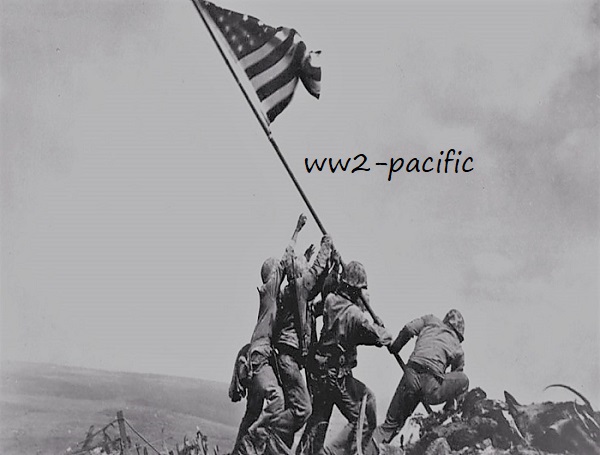Rank and Name, Corporal Jack F. Leithold.
Unit/Placid in, 164th Infantry Regiment (Com-K) ,Till 1942 assignment to the 34th Infantry Division.
Jack was born on Mar. 16, 1919 in Grant County, North Dakota.
Parents and Siblings, no record available.
Jack enlisted the service at North Dakota with serial number # 21711470.
Jack F. Leithold was a Corporal in the 164th Infantry Regiment.
Jack was Killed in the fights over Guadalcanal Campaign, on Oct 26, 1942, and he is honored with the Purple Heart, Good Conduct Medal, American Campaign Medal, Army Presidential Unit Citation, Asiatic-Pacific Campaign Medal, WW II Victory Medal.
Jack is buried at Zion Cemetery,Elgin,Grant County,North Dakota.
Thanks to http://dickinson.libnet.info/company-k-6-3880
Jean Louis Vijgen, ww2-Pacific.com and ww2-europe.com.
Air Force Info, Rolland Swank.
ABMC Website, https://abmc.gov
Marines Info, https://missingmarines.com/ Geoffrey Roecker
Seabees History Bob Smith https://seabeehf.org/
Navy Info, http://navylog.navymemorial.org
POW Info, http://www.mansell.com Dwight Rider and Wes injerd.
Philippine Info, http://www.philippine-scouts.org/ Robert Capistrano
National Historian
Navy Seal Memorial, http://www.navysealmemorials.com
Family Info, https://www.familysearch.org
Info, https://www.pacificwrecks.com/
Medals Info, https://www.honorstates.org
Website,
Find a Grave, https://www.findagrave.com
Tank Destroyers, http://www.bensavelkoul.nl/
Second World War.
Guadalcanal Campaign
In the months following the attack on Pearl Harbor in December 1941, the Japanese drove the Americans out of the Philippines, the British out of British Malaya, and the Dutch out of the East Indies. The Japanese then began to expand into the Western Pacific, occupying many islands in an attempt to build a defensive ring around their conquests and threaten the lines of communication from the United States to Australia and New Zealand. The Japanese reached Guadalcanal in May 1942.
When an American reconnaissance mission spotted construction of a Japanese airfield at Lunga Point on the north coast of Guadalcanal, the situation became critical.[2]This new Japanese airfield represented a threat to Australia itself, and so the United States as a matter of urgency, despite not being adequately prepared, conducted the first amphibious landing of the war. The initial landings of US Marines on 7 August 1942 secured the airfield without too much difficulty, but holding the airfield for the next six months was one of the most hotly contested campaigns in the entire war for the control of ground, sea and skies. Guadalcanal became a major turning point in the war as it stopped Japanese expansion. After six months of fighting, the Japanese ceased contesting the control of the island. They finally evacuated the island at Cape Esperance on the north west coast in February 1943.[3]
Immediately after landing on the island, the US Navy Seabees began finishing the airfield begun by the Japanese. It was then named Henderson Field after a Marine aviator killed in combat during the Battle of Midway. Aircraft operating from Henderson Field during the campaign were a hodgepodge of Marine, Army, Navy and allied aircraft that became known as the Cactus Air Force. They defended the airfield and threatened any Japanese ships that ventured into the vicinity during daylight hours. However, at night, Japanese naval forces were able to shell the airfield and deliver troops with supplies, retiring before daylight. The Japanese used fast ships to make these runs, and this became known as the Tokyo Express. So many ships from both sides were sunk in the many engagements in and around the Solomon Island chain that the nearby waters were referred to as Ironbottom Sound.
The Battle of Cape Esperance was fought on 11 October 1942 off the northwest coast of Guadalcanal. In the battle, United States Navy ships intercepted and defeated a Japanese formation of ships on their way down ‘the Slot’ to reinforce and resupply troops on the island, but suffered losses as well. The Naval Battle of Guadalcanal in November marked the turning point in which Allied Naval forces took on the extremely experienced Japanese surface forces at night and forced them to withdraw after sharp action. Some Japanese viewpoints consider these engagements, and the improving Allied surface capability to challenge their surface ships at night, to be just as significant as the Battle of Midway in turning the tide against them.
After six months of hard combat in and around Guadalcanal and dealing with jungle diseases that took a heavy toll of troops on both sides, Allied forces managed to halt the Japanese advance and dissuade them from contesting the control of the island by finally driving the last of the Japanese troops into the sea on 15 January 1943. American authorities declared Guadalcanal secure on 9 February 1943.
Two US Navy ships have been named for the battle:
To date, the only Coast Guardsman recipient of the Medal of Honor is Signalman 1st Class Douglas Albert Munro, awarded posthumously for his extraordinary heroism on 27 September 1942 at Point Cruz, Guadalcanal. Munro provided a shield and covering fire, and helped evacuate 500 besieged Marines from a beach at Point Cruz; he was killed during the evacuation.
During the Battle for Guadalcanal, the Medal of Honor was also awarded to John Basilone who later died on Iwo Jima.
